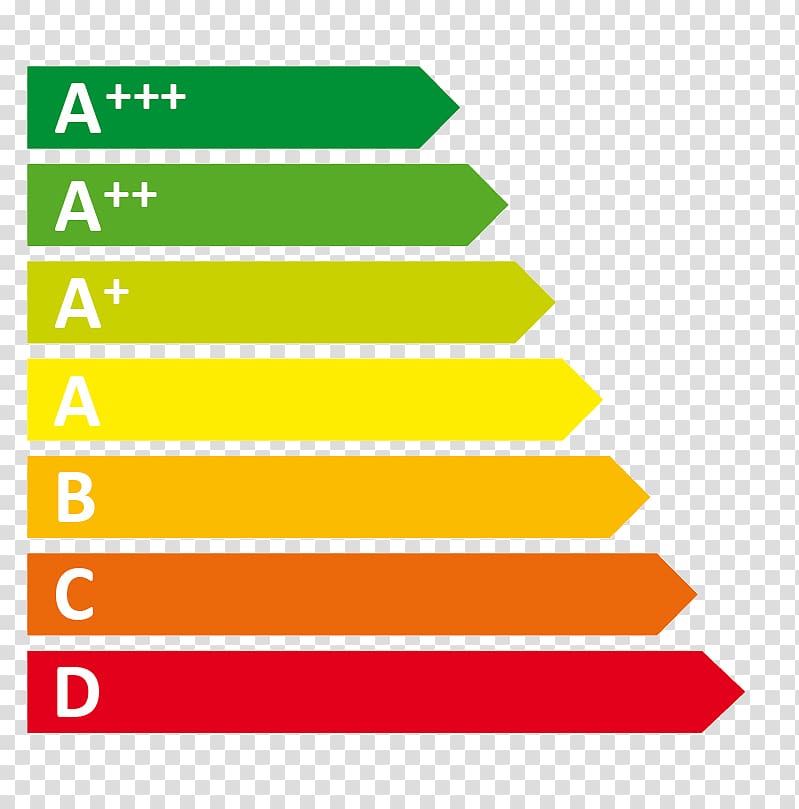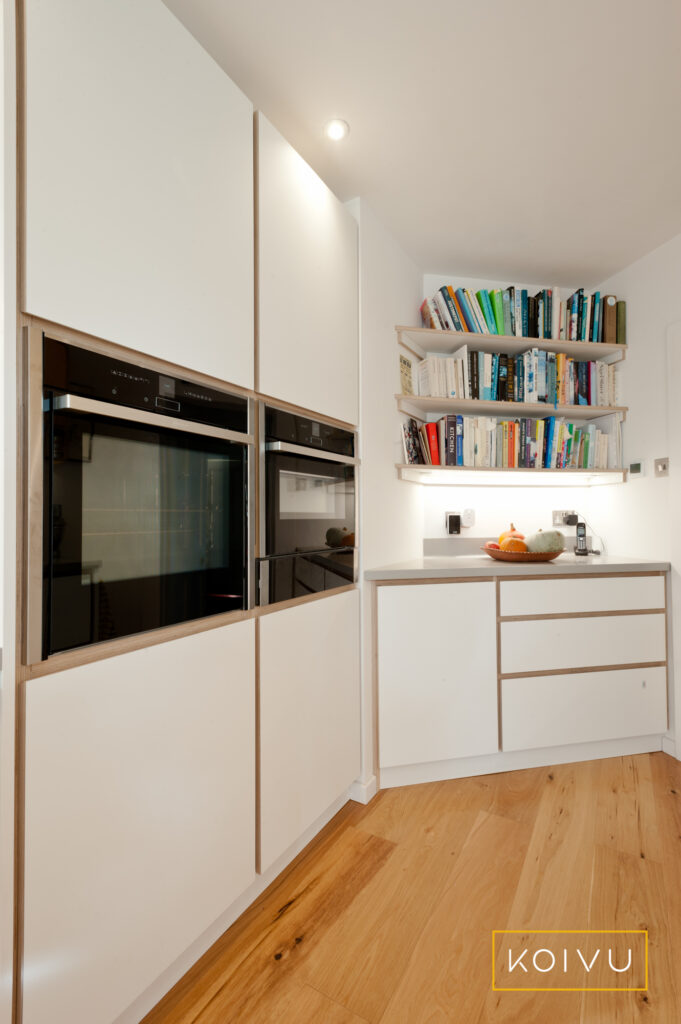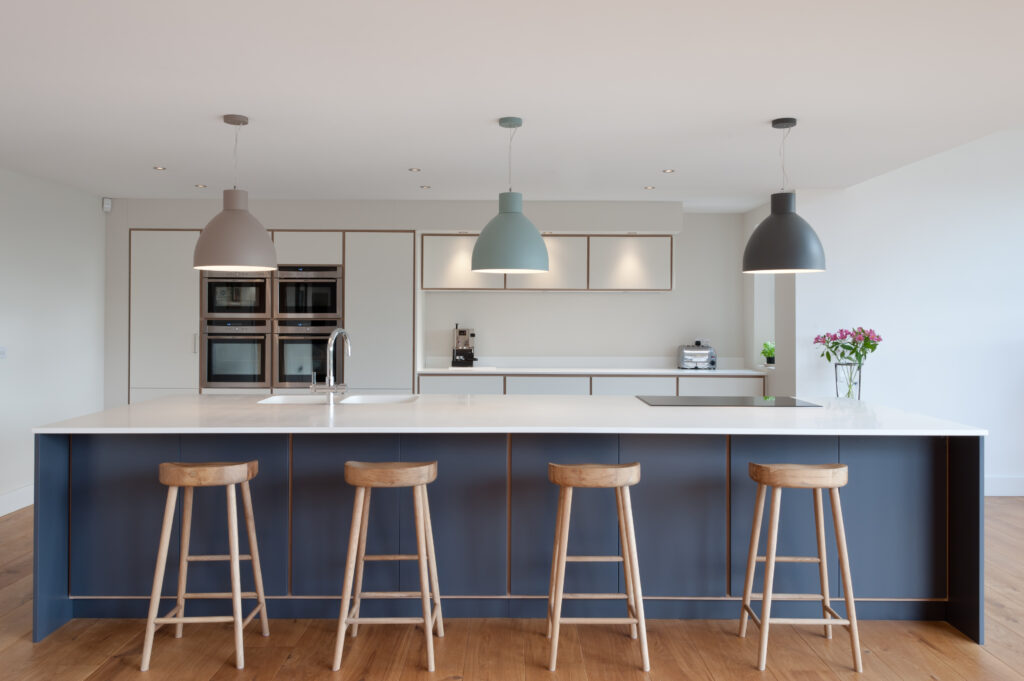How to create an energy-saving kitchen
Kitchens can be huge energy wasters. And while we often think about this in relation to the big appliances we choose, we don’t necessarily consider everything else we’re doing day to day. There are plenty of ways we can make small adjustments to how we do things day to day, to make sure we are reducing our wastage. Want some ideas to help make yours an energy-saving kitchen?

The appliances you choose
All appliances we buy in the UK, for example washing machines, fridge freezers, dishwashers, cookers and wine fridges must display their energy rating to help us understand how cost efficient they will be.
A lot of people think energy efficiency ratings tell us how well a machine performs, but that’s not the case. A washing machine with a poor energy rating, for example, could still wash clothes well. But a poorly rated machine will use more energy and ultimately cost more money to run.
Did you know…?
From 1st March 2021 the energy ratings used for appliances have changed making it easier to compare different models. The old A+++ – D system has been replaced by a simplified A-G scale, and testing has been standardised in many cases. Water consumption and noise levels will also have to be clearly stated on these new style labels.
Fun fact: When establishing a cooker’s energy efficiency, the size of the internal space is measured against the amount of energy it uses to heat a brick to 55°C. The less energy used, the better the energy rating!

Running appliances efficiently
But it’s not just about which appliances you choose, it’s how you use them too. There are lots of ways you can keep your appliances working more cost effectively:
- Only run your dishwasher when it’s full. Or if you are living as a couple or single person consider installing a smaller model.
- Don’t heat the oven unnecessarily. Try to turn it on just before you need to use it.
- Put only the amount of water you need in the kettle before you boil it.
- Makes sure you don’t overfill your fridge or freezer and make sure anything you put into it is at room temperature or below.
- De-ice your freezer as soon as ice starts to build up.
- Wash unsoiled clothes at 30 degrees or less.
And remember, as refrigeration appliances are switched on all the time, it’s a good idea to pay particular attention to that energy efficiency label when you’re shopping for these.

Other tips and tricks
What about the way you do things around the rest of the kitchen? There are many ways to reduce energy consumption, particularly when cooking.
Using a microwave to heat up leftovers, rather than the oven or hob top can save energy thanks to its small size. While it may need a large burst of energy it is only for a small time. A slow cooker is an energy efficient way of cooking food from scratch. You should also try to use lids on pots and pans when you’re boiling water for pasta or vegetables. Not only will this make it quicker to get the water to temperature in the first place, but it will simmer at a lower heat once it’s there. A quick internet search will even help you find low energy recipes if you need them.
Our other favourite tip for lower energy kitchens is to consider including a boiling water tap in the design. The market for these has grown substantially over the last few years and there are many makes to choose from, as we discovered.
What is your kitchen made from?
So often when we think about creating an energy-saving kitchen, we forget about the bigger picture. We think about the small things which when done consistently can make a difference. But in the case of a kitchen, it’s not just about the appliances we choose or the way we cook, it’s about what the kitchen is made from in the first place.
Because of course the manufacturing and production process requires energy.
That’s why we should be mindful of the materials we choose to build with. Using a sustainable resource such as Plywood can be a great way to minimise energy wastage over time. In fact, Plywood will outlast many other materials, keeping its shape and maintaining strength making it a great long-term investment that can be resold or reused many years down the line.

Oh, and did we mention they look beautiful too?
You can find out more about choosing and using Plywood to create your bespoke kitchen by contacting our design team for a no obligation chat.




